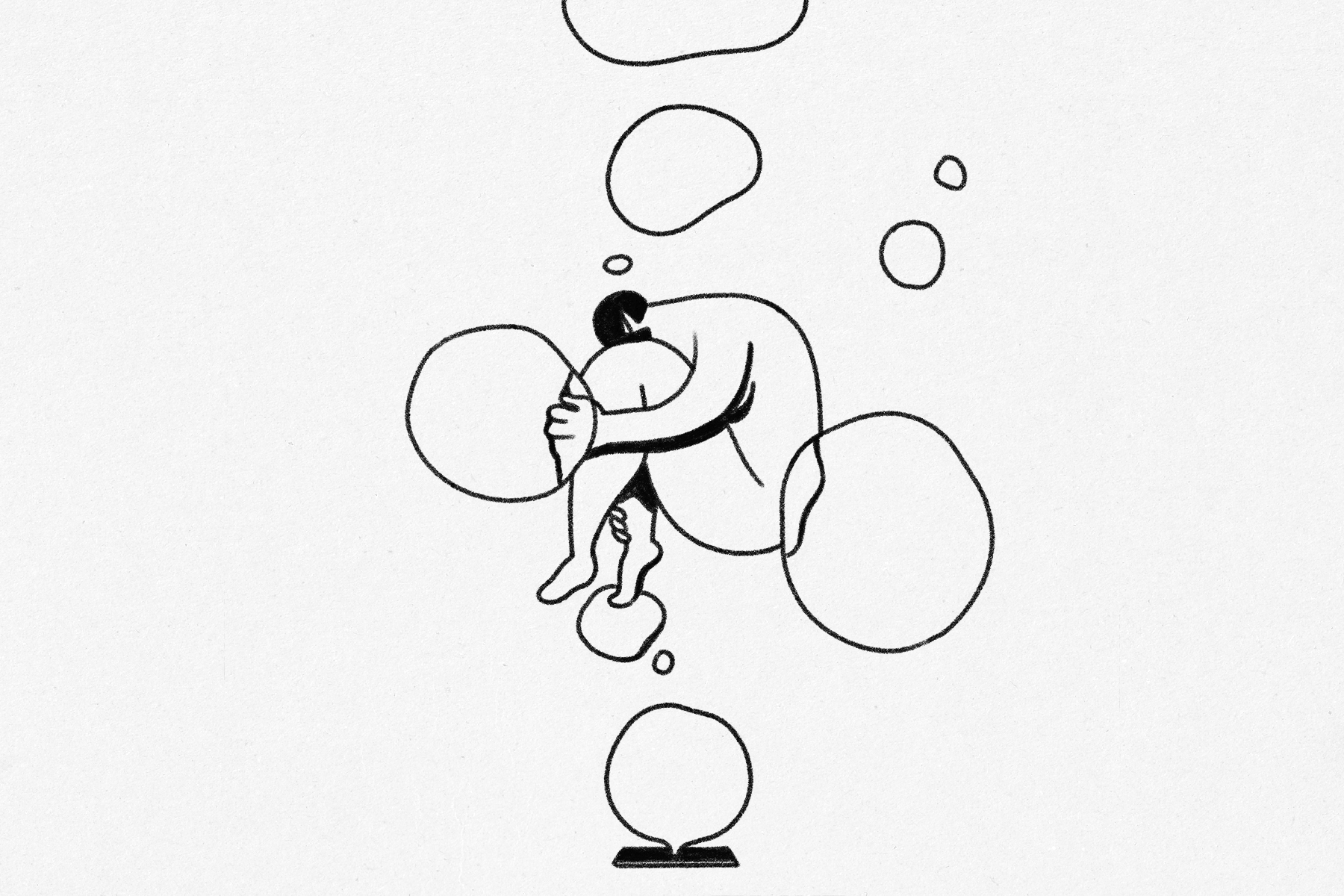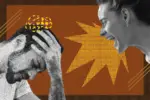In popular media that depicts mental health difficulties, we typically watch the main character slowly grapple with the idea that they’re struggling. Usually here is where the story triumphantly ends with the character finally realizing that they have a problem and it needs to be addressed. Though representing these struggles is important because it can provide a sense of comfort and validation to those struggling in real life, it is equally important that there is representation of therapy and recovery.
Over time there has been a much-needed surge in films, books and TV series depicting mental health struggles. Titles such as “Bojack Horseman,” “Perks of Being a Wallflower” and “Euphoria” all serve as examples of media that portray its characters contending with mental health. All of these stories are extremely commendable for tactfully handling such a difficult, and sometimes taboo, topic. However, as critical as it is to represent mental health, it is also necessary to portray the process of overcoming struggles with mental health. Depictions of therapy in films and TV have a bit of a checkered past, but there’s been a slowly growing number of media productions that attempt to properly handle portrayals of the therapy process. Here are a few doing just that, with minimal spoilers.
1. “This Is Us”
Groundbreaking NBC drama “This Is Us” has rightfully earned a reputation for being one of the rawest TV shows that deals with topics normally left untouched by television. Specifically, the show highlights the reluctance of BIack, Indigenous and people of color to seek professional help.
In a recent interview with TODAY, series lead Sterling K. Brown spoke about how he hopes his portrayal of Randall will help encourage BIPOC to seek the help they often feel is out of reach. He said, “There’s so much on life is a struggle for people of color, for minorities, Black folks, in particular. Pick up yourself, figure it out, you know, nobody’s going to give you anything. That self-care is something that we’ve denied ourselves for such a long period of time and you develop this armor to face the world and it’s hard for things to get in because you know that’s how you stay protected.”
He concluded, “People are hopefully now realizing — and I hope Randall is helping to move the needle to realize that it’s OK to ask for help. It’s OK not to be impenetrable. Like, stuff gets in and that’s OK and you have to have a proper conduit to discuss it, to let it out, to process it. So, hopefully he’s helped.”
2. “It’s Kind of a Funny Story” (2010)
In 2017 the Kaiser Family Foundation reported that on average, only 9.3% of children ages 3-17 received mental health treatment within 12 months of being surveyed. It is no secret that one’s teenage years signify a tumultuous period of change and growth. In the midst of the chaos that is growing up, it is easy for a teenager to feel lost, lonely and suffer from declining mental health.
Usually, when this decline occurs, it is typically the parents that step in to ensure their child gets help — but “It’s Kind of a Funny Story” seeks to show a different side of a young patient’s approach to therapy. In the film, protagonist Craig is aware that he is suffering and admits himself to a treatment facility. The film follows Craig’s five-day stay in the facility as he meets other troubled youth suffering from a variety of conditions. We watch as Craig grows to understand his issues through understanding the issues of others, and learns that life will get better. An inspiring message meant to show struggling teens that, with help, a happier life will come.
3. “It’s Okay To Not Be Okay” (2020)
Hit K-drama “It’s Okay To Not Be Okay” grew wildly popular in 2020 and was met with immense praise for how it handled its subject matter. The writers take a brave approach to their characters, who have been diagnosed with PTSD, autism spectrum disorder, antisocial personality disorder and more.
Viewers watch in awe as Sang-tae learns to overcome his struggles with ASD through artistic expression, Mun-yeong learns to open her heart in spite of her ASPD and Gang-tae overcomes his past traumas. Instead of focusing the story on the characters’ struggles, “It’s Okay To Not Be Okay” uses its intricate symbolism and plot development to chronicle the characters’ journeys to recovering from their tragic pasts.
4. “Big Little Lies”
Last but not least, HBO’s hit “Big Little Lies” is so much more than the California melodrama it initially presented itself as. In the midst of the main plot’s murder mystery, viewers watch as Celeste visits a therapist as she desperately tries to understand her perilous and abusive marriage. Though she initially denies her husband’s aggressive nature, her therapist slowly makes her aware of the danger he poses and provides Celeste with the next steps for ensuring her safety. It is a message that is important for those in abusive relationships, and it can show them help is in reach and that there is a way out.
Regardless of the context of the story, media portrayals of mental illness and therapy need to develop organically from a desire to tell real stories that real people can relate to — a place of wanting to tell a story that will make others feel heard and validated. In an interview with HuffPost, the director of “Bojack Horseman,” a show centered on an alcoholic washed-up TV star struggling with depression, Raphael Bob-Waksberg said, “It was never our top priority to be the voice of depression.” He continued, “trying to capture this thing [depression] as much as it is trying to capture this character and what he is.”
At the end of the day, depicting the therapy process isn’t an easy feat. Its twists and turns are unique for every person and every illness. When telling these stories, what is most important for writers and directors to remember is the heart, pain and growth behind the journey to feeling better. Film and TV that illustrate the therapy process don’t need to culminate in a picture-perfect Hollywood ending; it just needs to portray genuine stories that will show struggling viewers that help is available.
















